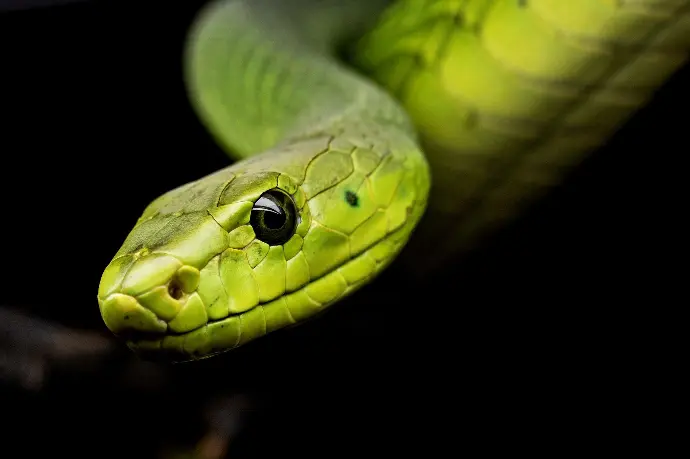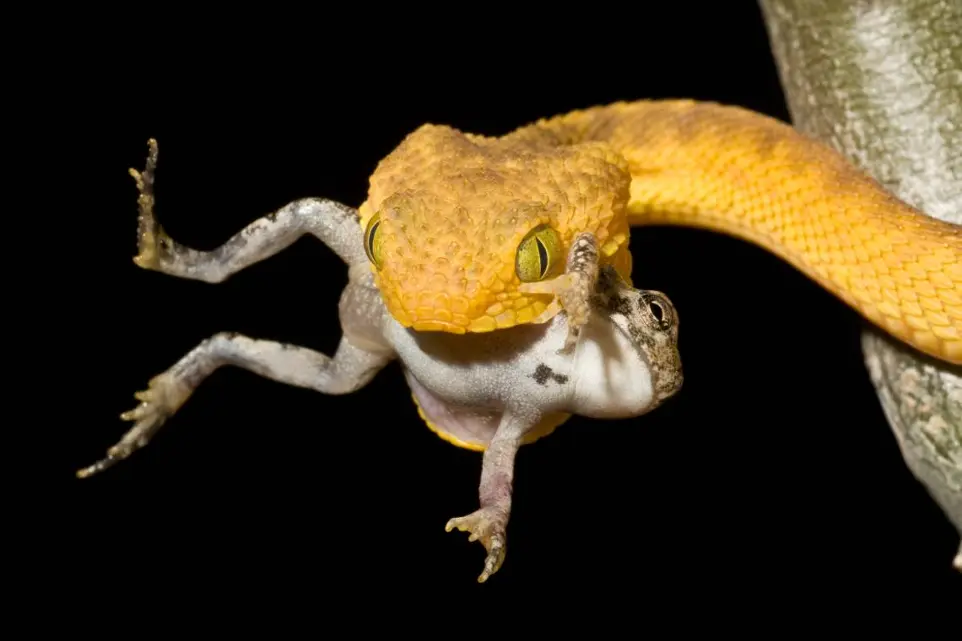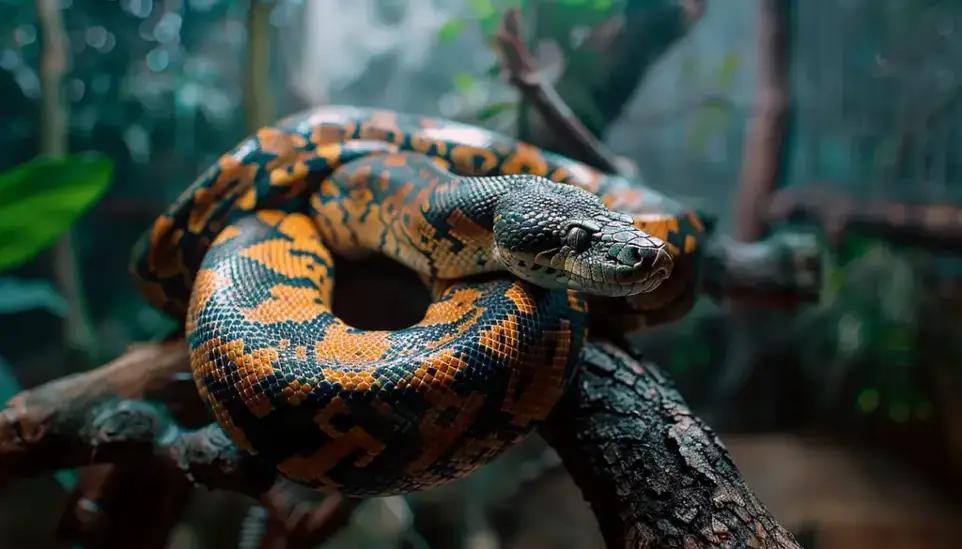Silent Stalkers: Unraveling the Mystery of Urban Snakes!

Snake (Varies with species)
Size: ranges from a few centimeters to several meters
Color: plain, striped, banded, or spotted in hues of green, brown, black, and more
- Elongated, limbless body covered with smooth or keeled scales
- Forked tongue and prominent eyes, often with vertical or round pupils
- Jaw designed for wide opening to consume large prey
- Moves using muscular contractions (slithering)
- Some are venomous, equipped with fangs for venom
- Very sensitive to vibrations and thermal changes, aiding in hunting

Feeding Preferences
Snakes are opportunistic predators that thrive in areas where small animals are abundant. They primarily hunt rodents such as mice and rats, which are commonly found near trash piles, food storage areas, and drainage systems. Birds and their eggs may also attract these reptiles, especially in gardens, rooftops, or areas with nesting activity. Insects and amphibians like frogs are additional sources of nourishment, often located near water sources such as fountains, ponds, or damp basements. Larger species may target small mammals or even other reptiles in environments with diverse wildlife. Their stealth and ability to strike quickly allow them to adapt their feeding habits to the availability of prey in these settings.

Habitat
Snakes adapt remarkably well to human-dominated landscapes, often seeking out areas that provide shelter, warmth, and access to prey. They can be found in overgrown gardens, under debris, or in abandoned buildings where they can remain hidden from predators and disturbances. Drainage systems and sewer lines offer a humid environment ideal for certain species. Warm spots, such as near HVAC systems, heated pipes, or sunlit stone walls, are attractive to these reptiles, especially during cooler seasons. Snakes also utilize crawl spaces, gaps in walls, or attic corners as secluded retreats. Their ability to navigate tight spaces and climb surfaces enables them to exploit a wide range of niches within urban landscapes.

UPM's AIR Approach for Snake:
- Assess: Inspect your property for signs of snake activity, such as shed skins, tracks, or sightings. Focus on areas near food sources (e.g., rodents), water sources, and places that provide shelter, such as tall grass, woodpiles, or debris. Assess the potential risks to people and pets.
- Implement: Use targeted control methods, such as snake traps, repellents, and exclusion techniques to prevent snakes from entering buildings. Remove potential food sources by controlling rodent populations, and reduce hiding spots by clearing debris and trimming vegetation. Seal entry points to homes, basements, and sheds.
- Review: Regularly monitor your property for signs of continued snake activity and adjust control methods as needed. Continue preventive measures, including maintaining a clean yard, reducing cover, and sealing entry points to prevent future infestations.
Frequently Asked Questions
Look for key traits like the shape of the head, eye pupils, and the presence of pits near the nostrils. However, it's safest to assume a snake may be venomous and avoid close interaction.
They are often drawn by the availability of prey, such as rodents, as well as sheltering spots like tall grass, woodpiles, or cracks in walls.
Yes, some species may attack small pets like birds, hamsters, or kittens if they are within reach and considered prey.
Many species can climb uneven surfaces or enter through small openings, including vents, cracks, or spaces under doors.
Snakes are usually more active during warmer months, as they rely on external heat to regulate their body temperature.
In colder climates, some snakes may enter a dormant state (brumation) during winter, often in secluded areas like basements or crawl spaces.
Immediately secure the area, keep pets and children away, and contact a professional for safe removal and identification.